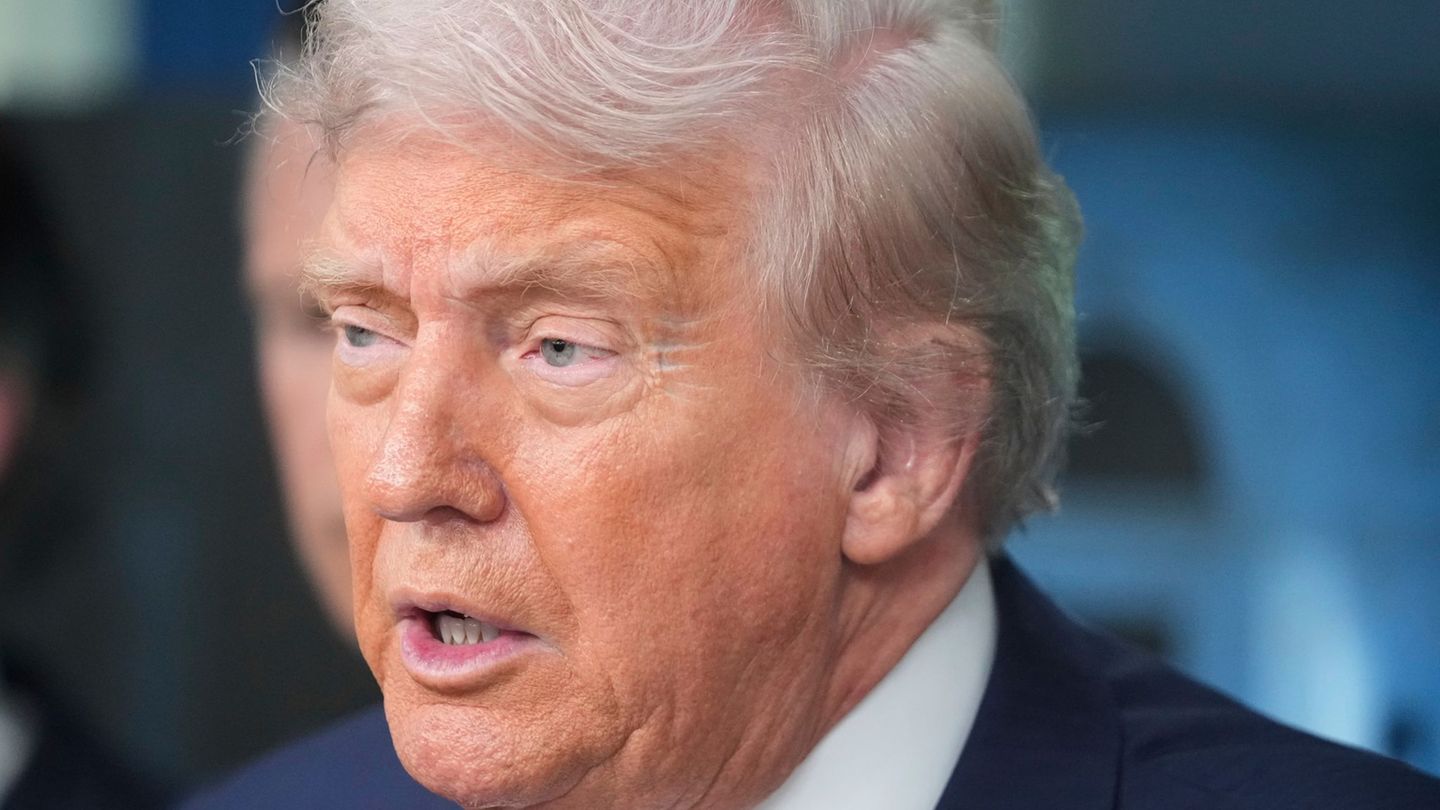It was about “looters and other criminals,” reported the Kazakh media on Wednesday, citing the city administration in the metropolis in the southeast of the Central Asian country. The number of arrests was recently given nationwide as a total of around 10,000.
Human rights activists warned that the authoritarian-led ex-Soviet republic must guarantee fair trials. After the brutal crackdown on the protests, the situation in Kazakhstan recently appeared to have stabilized again. In Almaty, the largest city in the country and hotspot of violent protests, armored military vehicles patrol, and there are reports of snipers on the roofs, the Kazakh woman Zalina told the APA on Tuesday. A protest movement did not appear to be active in view of the mass arrests; rather, the repression had begun, she reported.
Meanwhile, President Kassym-Shomart Tokayev traveled to Almaty, where he met with relatives of killed security forces and visited a hospital, the President’s Office announced. He also lifted the state of emergency in three regions. This applies to areas in the north and west of the country from Thursday.
The troops of the Russian-led military alliance CSTO are expected to withdraw from Kazakhstan on Thursday. The CSTO announced that Tokayev had declared the operation over after the recent unrest. The withdrawal will take ten days. The autocrat Tokayev had asked the alliance for help in the face of violent anti-regime protests.
The massive protests in the resource-rich ex-Soviet republic last week were triggered by the rise in gas prices. The protests later expanded into demonstrations critical of the government and unrest across the country. According to a report on state television that was later deleted, more than 160 people were killed and hundreds more injured. Experts believe that Tokayev also used the crisis to completely overthrow his predecessor, the influential ex-long-term president Nursultan Nazarbayev. It is still unclear who the armed rioters were who stormed administration buildings and police stations, especially in Almaty. Tokayev had condemned the unrest as an “attempted coup” by organized “terrorist” forces.
“People mainly try to process what happened and to mourn our physical and mental losses,” said Zalina about the current situation. Now life in Almaty seems to be returning to normal. On Tuesday, access to the Internet, which was activated at 6:00 a.m., was still working at 1:00 p.m. on the previous day. “People go to grocery stores that are open to get food, there are queues everywhere. We keep getting information from the news about the arrest of journalists. There is a feeling of emotional exhaustion,” said the woman from the former Capital city.
First the people took to the streets in solidarity with the people in Schanaosen in the Manggystau region in the west of the country, who protested against the doubling of the price of liquefied gas. Protests by oil workers in Shanaosen were brutally suppressed as early as 2011 under the then President Nursultan Nazarbayev – according to human rights activists, over 70 people died at the time – “that’s why we didn’t want that to happen again,” said Zalina.
Manggystau is about twice the size of Austria and incredibly rich in gas and oil. However, the majority of the population has to live on low wages, says Zalina. The demonstrators quickly called for democratic political reforms and the initiation of a dialogue with the authorities. “While there were leaders in the western part of Kazakhstan who took part in the protests, in the 1.8 million metropolis of Almaty it was rather disorganized and hectic with no recognizable leaders. In Almaty, the peaceful demonstrators were shot at and thrown with stun grenades.” So you don’t think people will protest again.
Source: Nachrichten




